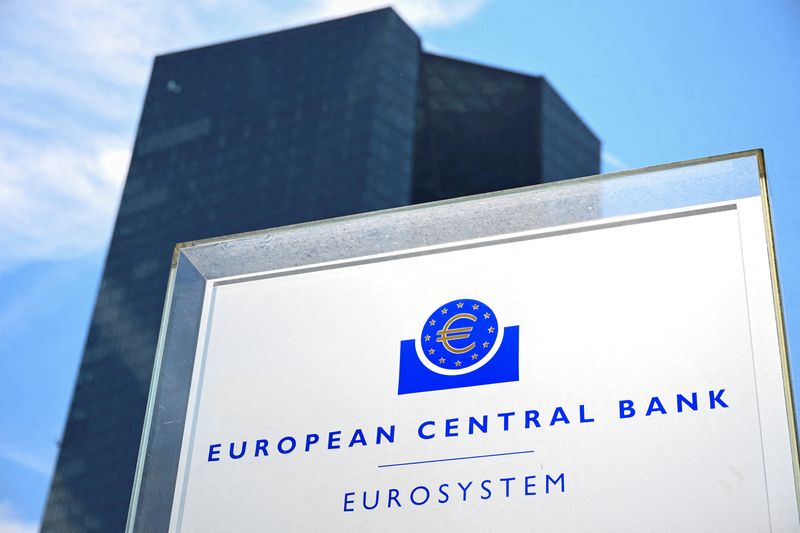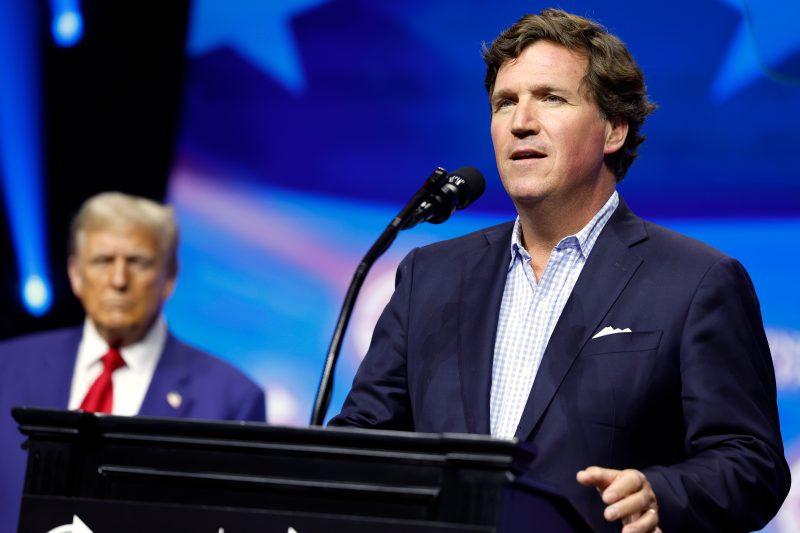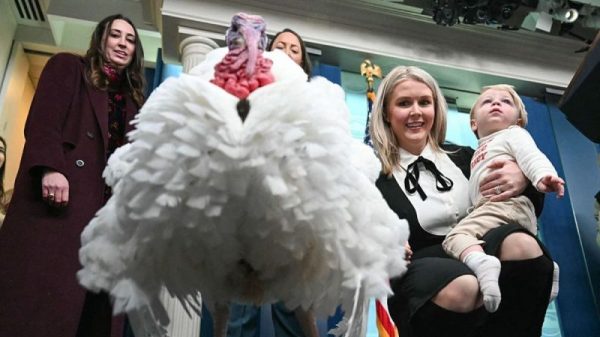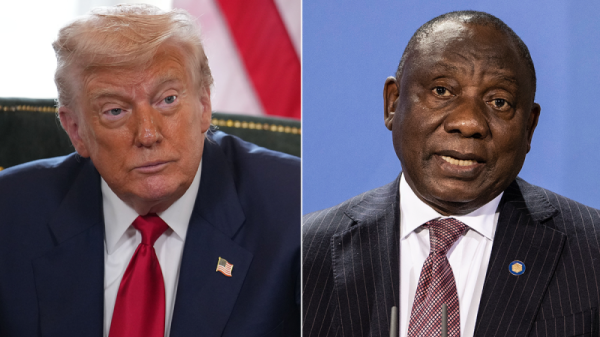
By Balazs Koranyi and Francesco Canepa
FRANKFURT (Reuters) – The European Central Bank is almost certain to cut interest rates again on Thursday, but with inflation risks still simmering despite a stuttering euro zone economy, investors will be searching its statements for clues about further easing.
The ECB lowered its deposit rate to 3.75% in June and an array of policymakers have already backed another cut, suggesting their debate is likely to focus on how quickly borrowing costs need to fall in subsequent meetings.
The likely outcome is that ECB President Christine Lagarde will stick to the bank’s recent narrative that decisions are taken meeting by meeting, based on incoming data.
But she may also say that all meetings are “live”, keeping open the door to a cut in October, even while some conservative “hawks” make the case for slower easing while inflation across the 20-country euro zone remains above the ECB’s 2% target.
“All eyes will be on any messages regarding the future path of rate cuts, particularly the chances of another 25 basis point move being announced as early as October,” Santander (BME:SAN) economist Antonio Villarroya said.
More dovish policymakers, mainly from the bloc’s south, are likely to say that recession risks are rising and that with inflation within striking distance of the target at 2.2%, ECB rates are now restricting growth far more than needed.
But inflation-wary hawks, who are still in a majority, say the labour market remains too hot for the ECB to sit back, and that underlying price pressures, as evidenced in stubborn services costs, raise the risk of resurgent inflation.
NEW FORECASTS
New economic forecasts are unlikely to settle the debate.
Quarterly projections from the ECB’s staff are expected to show slightly lower growth this year and inflation broadly on the same path as in June and set to return to 2% on a “sustainable” basis by the second half of next year.
That means few if any policymakers are likely to argue against further easing, with the key divide being just how quickly the ECB should move.
“The hawks haven’t taken flight,” Davide Oneglia at TS Lombard said. “Their new goal is to manage cut expectations … be ready for growing frictions in the Governing Council as the policy rate declines.”
Hawkish policymakers have made clear that they see quarterly rate cuts as appropriate, since key growth and wage indicators – which inform the ECB’s own projections – are compiled every three months.
Investors are also divided, with another cut by December fully priced into financial markets but the chance of an interim move in October oscillating between 40% and 50%.
Lagarde’s main task in her 1245 GMT news conference will be to keep all options on the table without stoking expectations for October.
“We expect the ECB to adopt a stance similar to the one in June: it will make clear that the direction on rates remains downwards, but it will not give a clear signal for the size and timing of the next move,” JP Morgan economist Greg Fuzesi said.
“We think, however, that the implicit message will be consistent with a next move in December, rather than in October.”
TECHNICAL RATE CUT
With Thursday’s move, the ECB’s deposit rate will fall by 25 basis points to 3.5%. The refinancing rate is meanwhile likely to fall by a much bigger 60 basis points in a long-flagged technical adjustment.
The gap between the two interest rates has been set at 50 basis points for years and the ECB announced plans in March to narrow this corridor to 15 basis points from September in a move that could eventually rekindle lending between banks.
Such a revival is still years away, so the ECB’s move is a pre-emptive adjustment of its operating framework.
For now, banks are sitting on 3 trillion euros of excess liquidity and deposit this with the bank overnight, making the deposit rate in effect the ECB’s main policy instrument.
Over time this liquidity should dwindle, pushing banks to borrow again from the ECB at the refinancing rate, traditionally the central bank’s benchmark interest rate.
Once that happens, the main rate will regain its headline status, while the narrower rate corridor should help the ECB better manage market rates.

































